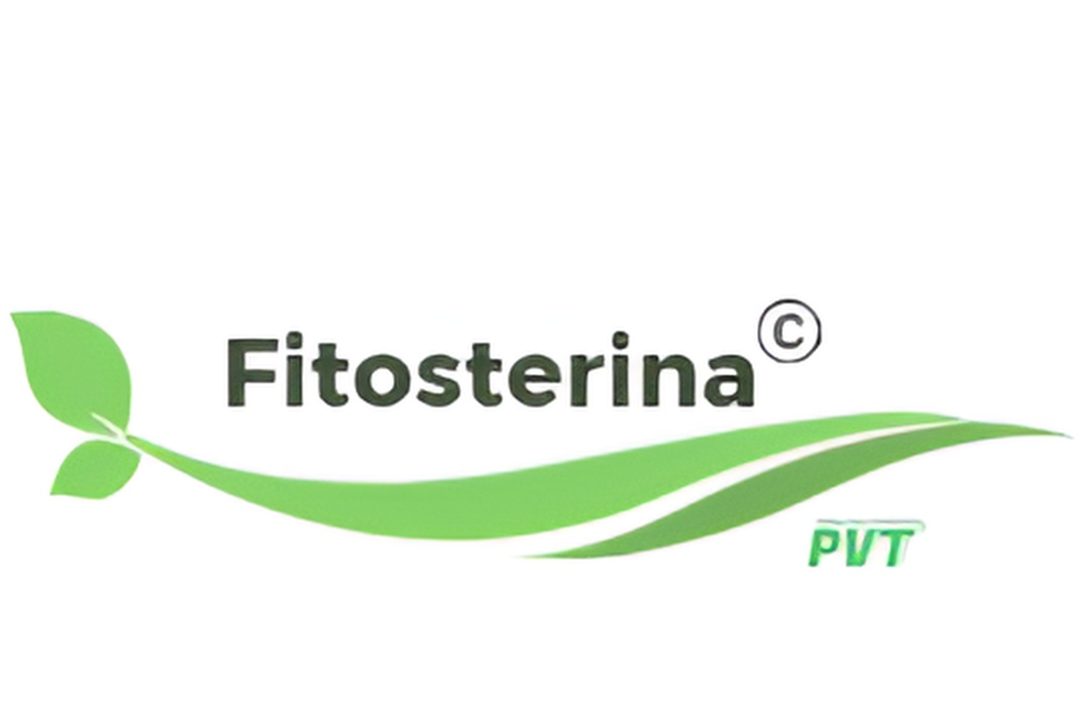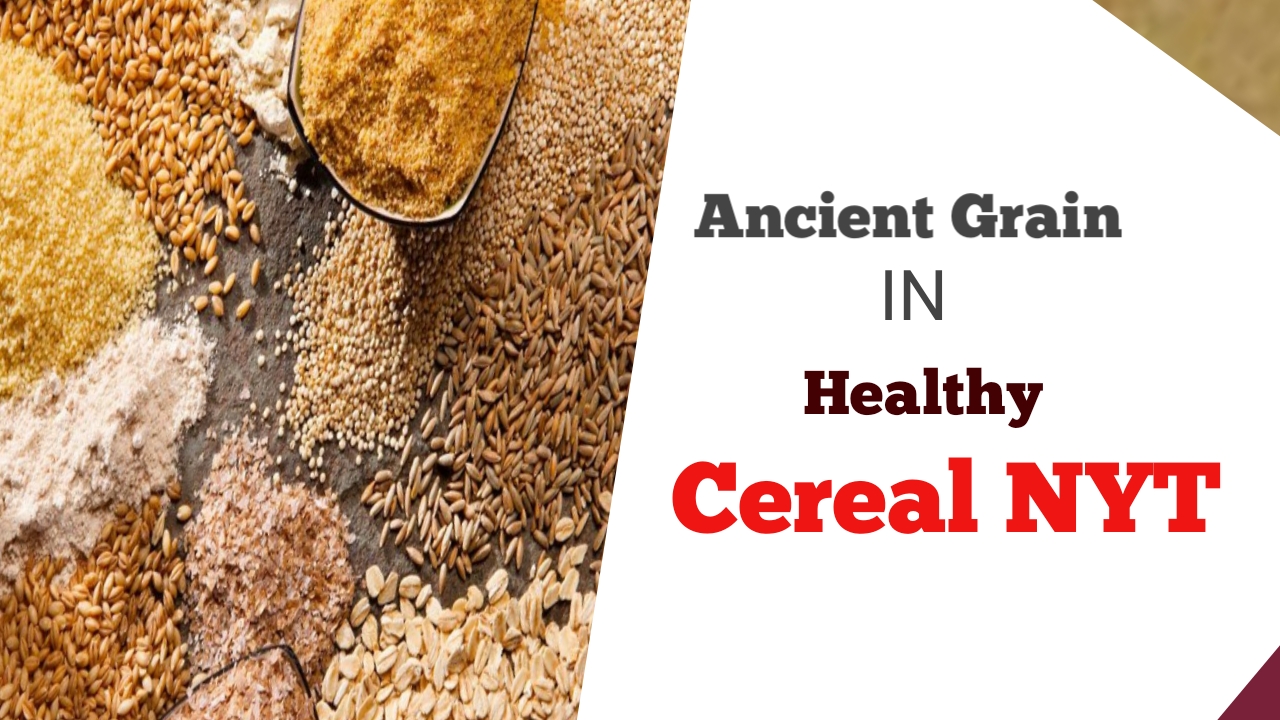Introduction to Ancient Grain in a Healthy Cereal NYT
In today’s pursuit of healthier eating habits, many are looking to the past for culinary inspiration, particularly for breakfast. The emergence of ancient grains in healthy cereal diets has captured the interest of health enthusiasts, nutritionists, and culinary experts alike. Once staples for ancient civilizations, these grains are now celebrated for their outstanding nutritional benefits and adaptability in contemporary cooking. This article explores the advantages of incorporating ancient grains in healthy cereal, diving into their historical context, unique health benefits, cooking methods, and practical tips for incorporating them into your daily meals.
What Are Ancient Grains?
Ancient grains are those grains that have remained largely unchanged over the centuries, in contrast to modern grains that have been heavily processed and genetically modified. These grains are cultivated for their nutritional value and include a variety of seeds and grains that have nourished humanity for millennia. Notable examples of ancient grains include:
- Quinoa
- Farro
- Amaranth
- Teff
- Barley
- Spelt
- Millet
- Sorghum
- Freekeh
- Buckwheat
Each of these grains carries unique health benefits that distinguish them from refined grains.
Historical Significance of Ancient Grain in a Healthy Cereal NYT
Ancient grains have played a pivotal role in human history as fundamental components of various cultures. For instance:
- Quinoa, revered by the ancient Incas as the “mother grain,” played a vital role in their diet and culture.
- Farro, consumed by ancient Romans, was valued not only for its nutrition but also for its ability to sustain soldiers and laborers.
- The Aztecs cultivated amaranth, often incorporating it into their religious customs.
Understanding the profound historical significance of these grains deepens our connection to them and encourages us to weave them into our modern diets.
Nutritional Benefits of Ancient Grain in a Healthy Cereal
Incorporating ancient grains into your breakfast cereal offers a myriad of health advantages:
High in Fiber
Ancient grains typically have a higher fiber content compared to refined grains. For example, quinoa boasts about 5 grams of fiber per serving, which can promote digestive health, increase feelings of fullness, and help manage weight.
Benefits of Fiber:
- Supports digestive health
- Aids in maintaining a healthy weight
- Lowers cholesterol levels
- Stabilizes blood sugar levels
Rich in Protein
Many ancient grains are exceptional sources of protein. Quinoa, for instance, is a complete protein, supplying all nine essential amino acids necessary for the body’s functions, making it ideal for vegetarians and vegans.
Benefits of Protein:
- Promotes muscle development and tissue repair
- Enhances satiety, aiding in hunger control
- Supports hormone balance and immune function
Packed with Vitamins and Minerals
Ancient grains provide a wealth of essential vitamins and minerals, including:
- B vitamins: Crucial for energy production and brain health.
- Iron: Vital for oxygen transport in the body.
- Magnesium: Essential for muscle and nerve function as well as strong bones.
- Zinc: Supports immune function and skin health.
Antioxidant Properties
Many ancient grains possess antioxidant properties that help protect the body from oxidative stress and inflammation. Antioxidants may lower the risk of chronic diseases, such as heart disease and certain cancers. For example, teff and quinoa are rich in antioxidants that combat free radicals.
Common Antioxidants in Ancient Grains:
- Phenolic acids: Found in barley, they offer anti-inflammatory benefits.
- Flavonoids: Abundant in quinoa and amaranth, they help fight oxidative stress.
Gluten-Free Options
For individuals with gluten sensitivities or celiac disease, many ancient grains offer gluten-free options, such as quinoa, amaranth, and buckwheat, making them suitable for a broader audience.
How to Incorporate Ancient Grain in a Healthy Cereal NYT
Integrating ancient grains into your breakfast routine is simple and delicious. Here are some effective strategies to try:
Use Ancient Grain Flakes
Opt for cereals made with ancient grain flakes like quinoa or spelt. Pair them with milk or yogurt, and elevate the flavor with fruits, nuts, or honey.
Add Cooked Ancient Grains
Mix cooked ancient grains like quinoa or farro into your breakfast bowls. For instance, create a delightful breakfast bowl with cooked quinoa, fruits, and nuts.
Recipe: Quinoa Breakfast Bowl
- Ingredients:
- 1 cup cooked quinoa
- ½ cup almond milk (or your choice)
- 1 tablespoon honey or maple syrup
- ½ banana, sliced
- ¼ cup mixed berries
- A sprinkle of cinnamon
- Instructions:
- Combine cooked quinoa and almond milk in a bowl.
- Add honey or maple syrup.
- Top with banana, berries, and cinnamon before eating.
Make Homemade Granola
Craft your granola using ancient grains to ensure it is free from added sugars and preservatives. Combine rolled oats with ancient grain flakes, nuts, seeds, and dried fruit for an energizing breakfast.
Try Ancient Grain Porridge
Swap traditional oatmeal for a porridge made from ancient grains like amaranth or millet. Cook these grains in milk or water, and garnish with seasonal fruits and nuts.
Recipe: Amaranth Porridge
- Ingredients:
- 1 cup amaranth
- 3 cups water or milk
- 1 tablespoon honey or maple syrup
- A pinch of salt
- Your choice of toppings
- Instructions:
- Rinse amaranth under cold water.
- Combine amaranth, water or milk, and salt in a pot. Bring to a boil.
- Lower heat, cover, and simmer for about 20 minutes.
- Stir in honey or maple syrup and top with your favorite ingredients.
Use Ancient Grains in Smoothies
Boost the nutrient content of your morning smoothie by adding ancient grain flour such as quinoa or spelt. This can enhance both flavor and protein content.
Tips for Buying and Storing Ancient Grain in a Healthy Cereal NYT
To maximize the nutritional benefits and freshness of ancient grains, consider these purchasing and storage tips:
Choose Whole Grains
Prioritize whole ancient grains to ensure you’re getting the maximum nutrients. Always check labels to confirm they are whole grain.
Buy in Bulk
Purchase in bulk from reputable health food stores to save money and experiment with different varieties without large commitments.
Store Properly
Store ancient grains in airtight containers in a cool, dry place. Some grains can last up to two years if stored correctly.
Experiment with Different Grains
Explore various ancient grains to find your favorites. Each grain possesses a unique flavor and texture, adding delightful variety to your meals.
Conclusion: Ancient Grain in a Healthy Cereal NYT
Integrating ancient grains into healthy cereal options offers an exciting and nutritious way to enhance your breakfast routine. Their remarkable health attributes, delectable flavors, and culinary versatility make them an excellent inclusion in any diet. By experimenting with recipes such as quinoa breakfast bowls, homemade granola, or hearty ancient grain porridge, you can start your day with foods that nourish your body and delight your taste buds. Embrace the legacy of ancient grains and elevate your breakfast experience.
FAQs
What are ancient grains?
Ancient grains, like quinoa and farro, are grains that have remained largely unchanged for centuries.
Why are ancient grains healthier than modern grains?
Ancient grains typically undergo less processing and are higher in nutrients like fiber and protein.
Are ancient grains gluten-free?
Some ancient grains, including quinoa and amaranth, are gluten-free, while others like barley and farro contain gluten.
How can I incorporate ancient grains into my diet?
You can incorporate them into cereals, porridge, salads, and baking recipes.
Are ancient grains suitable for weight loss?
Yes, their high fiber and protein content enhance feelings of fullness, which may assist with weight management.
Where can I buy ancient grains?
Ancient grains are widely available in health food stores, supermarkets, and online retailers, often found in bulk sections or packaged goods.
By ensuring that your articles are rich in information, engaging, and optimized for search engines, you can attract a wider audience interested in incorporating ancient grains in a healthy cereal into their lifestyle.





